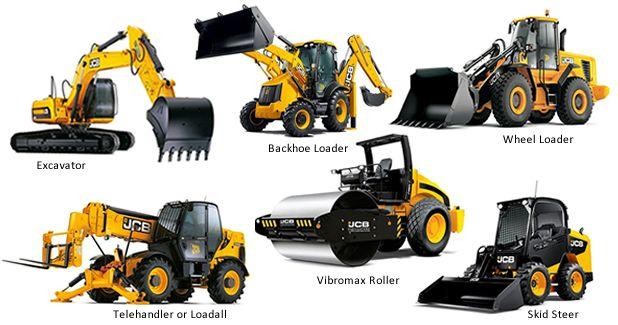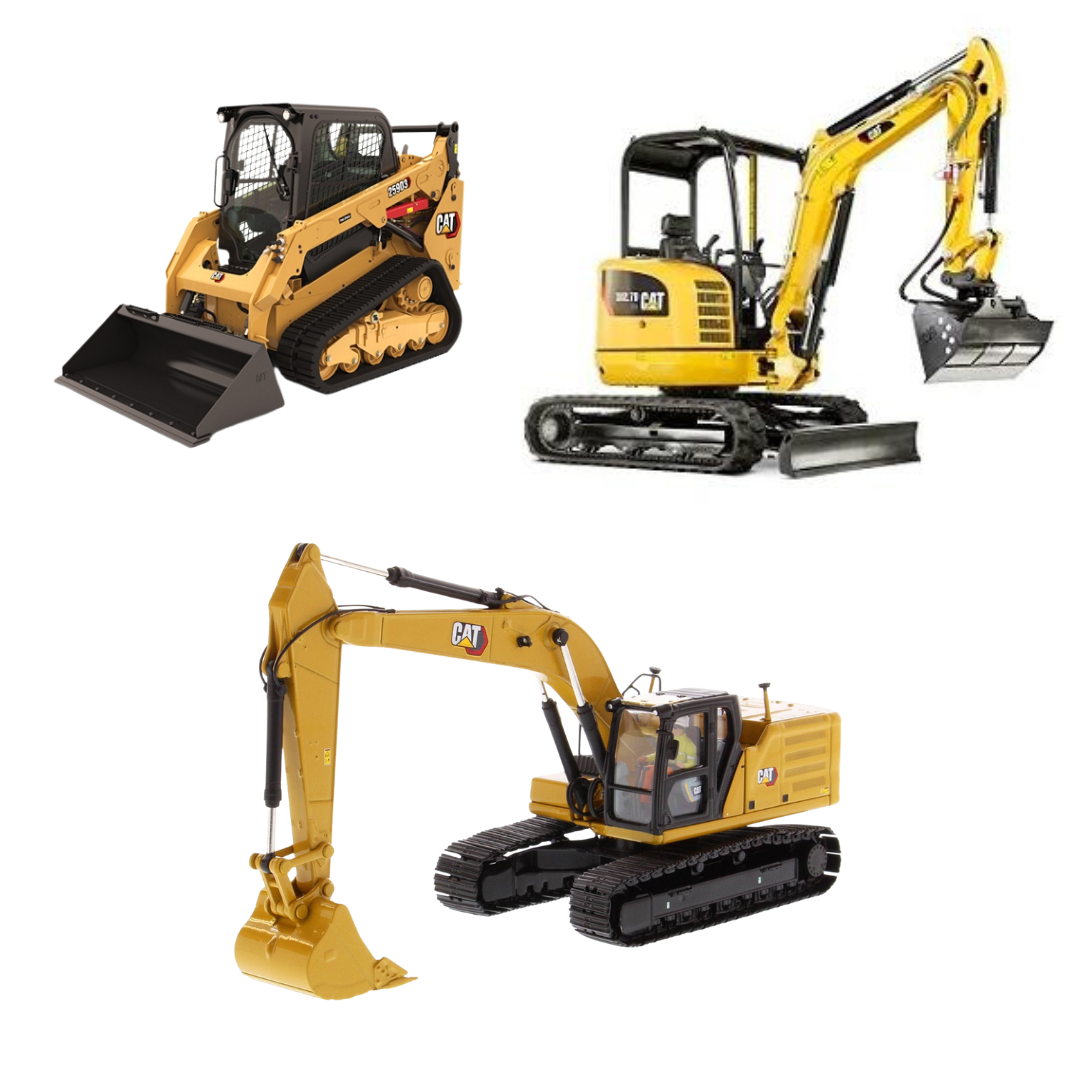Aerial Lift Rental: Versatile Training Solutions for High-Access Jobs
Aerial Lift Rental: Versatile Training Solutions for High-Access Jobs
Blog Article
Maximize Your Budget Plan by Comprehending the Costs Connected With Construction Devices Leasings
Recognizing the full extent of costs associated with building and construction equipment rentals is essential for maximizing your budget. What methods can be utilized to successfully manage these expenses and make certain an extra reliable rental experience?
Review of Rental Prices
When taking into consideration building devices rentals, understanding the linked expenses is vital for reliable budgeting and job preparation. Rental prices can vary dramatically based on numerous factors, including equipment type, period of leasing, and location. The first rental cost usually mirrors the tools's market need and its linked operational capacities, affecting the general cost.
Along with the base rental price, supplementary expenses might develop, such as transportation costs, gas surcharges, and maintenance fees. It is necessary to account for these extra costs to properly assess the overall price of renting devices. The rental period can influence rates; longer leasings might certify for reduced prices, while temporary leasings may incur greater daily fees.

Failure of Rental Rates
An extensive understanding of rental rates is vital for contractors and project supervisors intending to enhance their spending plans. Rental rates for construction tools generally consist of a number of elements, including base prices, time-based charges, and use fees.
Base prices are the core fees related to the leasing of the equipment, typically identified by the type and dimension of the equipment. These rates can vary significantly, affected by factors such as equipment need, accessibility, and local market fads. Time-based fees, which might be daily, weekly, or monthly, offer to suit different task timelines and rental durations.
Additionally, rental prices may consist of usage charges, which are relevant when devices is utilized past a specified threshold, making sure that the rental company can make up deterioration. Seasonal need variations can also influence rental rates, with peak building and construction periods usually regulating higher prices.
Furthermore, recognizing the rental firm's plans pertaining to upkeep and insurance policy can offer more insight right into the general price structure. By analyzing these components, service providers can make informed choices, making certain the option of rental tools aligns with both job needs and spending plan restraints.
Additional Fees to Consider
Comprehending the details of added fees is essential for professionals to manage their overall rental expenses efficiently. Beyond the typical rental rates, various additional charges can significantly affect the overall expense of devices rental. These fees frequently include delivery and pick-up costs, which can differ based upon distance and logistics associated with carrying the equipment to and from the job site.
Furthermore, some rental firms might enforce fuel additional charges if the tools is returned with less gas than when leased. It is also important to be mindful of prospective cleansing fees, particularly for customized tools that needs comprehensive maintenance after use.

Thoroughly reviewing the rental agreement and clarifying these added charges upfront can assist service providers make sure and avoid unanticipated costs that spending plans continue to be intact throughout the job lifecycle.
Maintenance and Fixing Costs
Routine upkeep and repair service expenses are commonly neglected factors that can significantly affect the overall price of building equipment services. When renting devices, it is crucial to take into consideration not only the rental charges yet likewise the possible prices related to maintaining the equipment in optimal operating problem.
Several rental companies include standard upkeep as part of the rental contract; nonetheless, more comprehensive repair services or unanticipated failures can cause added costs. It's important to review the rental agreement carefully to recognize what maintenance services are covered and what duties drop on the renter.
Furthermore, devices that is not well-kept can cause inadequacies on duty website, possibly causing delays and increasing project costs. To minimize these threats, it is suggested to perform normal examinations and keep open interaction with the rental copyright mixer machine for construction regarding any kind of concerns that develop throughout use.
Insurance and Liability Costs
Insurance policy and responsibility expenses are important elements that can considerably impact the total expenditure of building devices rentals (construction equipment rentals). These costs make certain that both the rental business and the client are shielded from possible financial losses arising from crashes, damage, or burglary during the rental period

Additionally, customers should know any deductibles or exemptions in the insurance coverage, as these can influence potential out-of-pocket costs. Understanding the conditions of any kind of insurance protection is vital to prevent unanticipated costs. Eventually, budgeting for insurance policy and liability costs can aid ensure a smoother rental experience and secure versus financial risks related to building and construction projects.
Final Thought
In verdict, More Help a thorough understanding of the prices connected with building equipment rentals is crucial for reliable budget plan administration. Ultimately, informed decision-making pertaining to devices leasings adds to the total success of building endeavors.
Rental prices can differ considerably based on a number of variables, including tools kind, period of rental, and place (scissor lift rental). The rental period can influence prices; longer rentals might qualify for affordable rates, while temporary rentals could incur greater everyday costs
By carrying out comprehensive study and involving with respectable rental business, service providers can successfully navigate the complexities of rental rates, eventually optimizing their economic resources.
Past the conventional rental rates, numerous supplementary costs can significantly influence the total price of equipment leasing. Rental firms commonly supply obligation insurance policy that covers injuries to 3rd parties or damage to residential property, while tools damage insurance coverage can cover the cost of repairs or substitute if the rented out devices is damaged.
Report this page